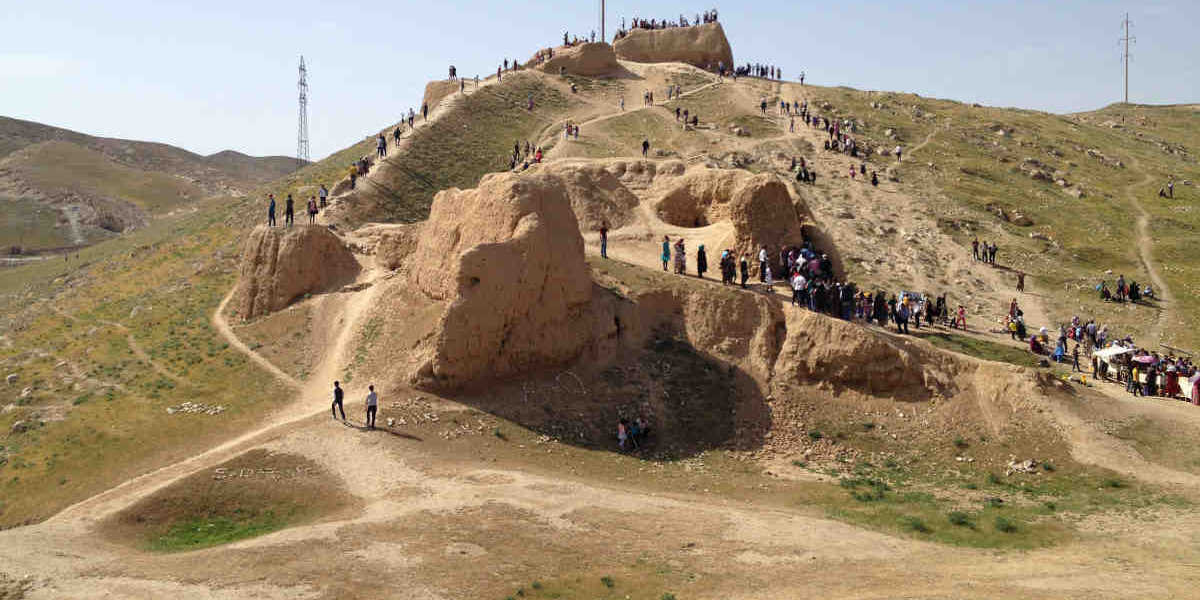Nurota City
 Nurota City is a small town located at the very top of the mountains in the Navoi region and is both a remarkable scenic sight and a true citadel of regional culture. The chain of the Nurota Mountains is 170 km long. According to an old legend, this area was inhabited by people who wandered through the desert for a long time to find a good place for a settlement. The travellers were desperate to find a suitable place to live, but a ray of light showed them where to go. The name of the city begins with the word ‘nur’, which means ‘ray’.
Nurota City is a small town located at the very top of the mountains in the Navoi region and is both a remarkable scenic sight and a true citadel of regional culture. The chain of the Nurota Mountains is 170 km long. According to an old legend, this area was inhabited by people who wandered through the desert for a long time to find a good place for a settlement. The travellers were desperate to find a suitable place to live, but a ray of light showed them where to go. The name of the city begins with the word ‘nur’, which means ‘ray’.
In the 4th century, a fortress was built here, which historians say was erected by Alexander the Great himself. Its ruins can still be seen today as they have been preserved and are a cultural monument.
Another amazing legend associated with the city is that of a meteorite that fell in the area. The meteorite fell down and caused a depression that was filled with water. This pond is said to have healing properties and a mosque with a huge dome was built nearby. Not far from it is a mazar (cemetery) with the relics of the great prophet Nur-ota. This complex is called “Chamsha”.
The amazing thing about the spring is that its water maintains a constant temperature of 19.5°С. The water contains silver, iodine and a wide range of other microelements. It has positive effects on the human body and nervous system. The pond is inhabited and full of fish, but they are not allowed to be caught as they are considered sacred.
What to see in Nurota City
A fortress was built here in the 4th century, which historians say was built by Alexander the Great himself. The ruins can still be visited today as they are preserved as a cultural monument.
Nurota City is famous as the only preserved waterway that provides water from a sacred spring. The uniqueness of the qanats lies in the fact that they still fulfil their main functions today.
If you have decided to visit Nurota City, you must visit the Namazgoh Mosque, built in the Xth century. It was built in the X century by order of Emir Abdullah. This place of worship impresses with its beauty and the composition of 25 domes.
Not far from the city are the Karatau Mountains, where the rock carvings of Bronze Age people are still preserved, many of them from the Neolithic period. In total, there are over 4,000 inscriptions and depictions that bear witness to various stories of human life, rituals and customs.
The real pearl of the region is the Aidarkul Lake, where locals and visitors bathe and fish. The clear waters of Aidarkul are home to catfish, pike-perch, carp and other fish species, as well as over a hundred species of birds, 11 of which are listed in the International Red Book.
Not far from the lake are peculiar nature reserves where people live in camps made of national yurts and whose life is amazingly picturesque and diverse. Visitors can visit these camps on a guided tour.
